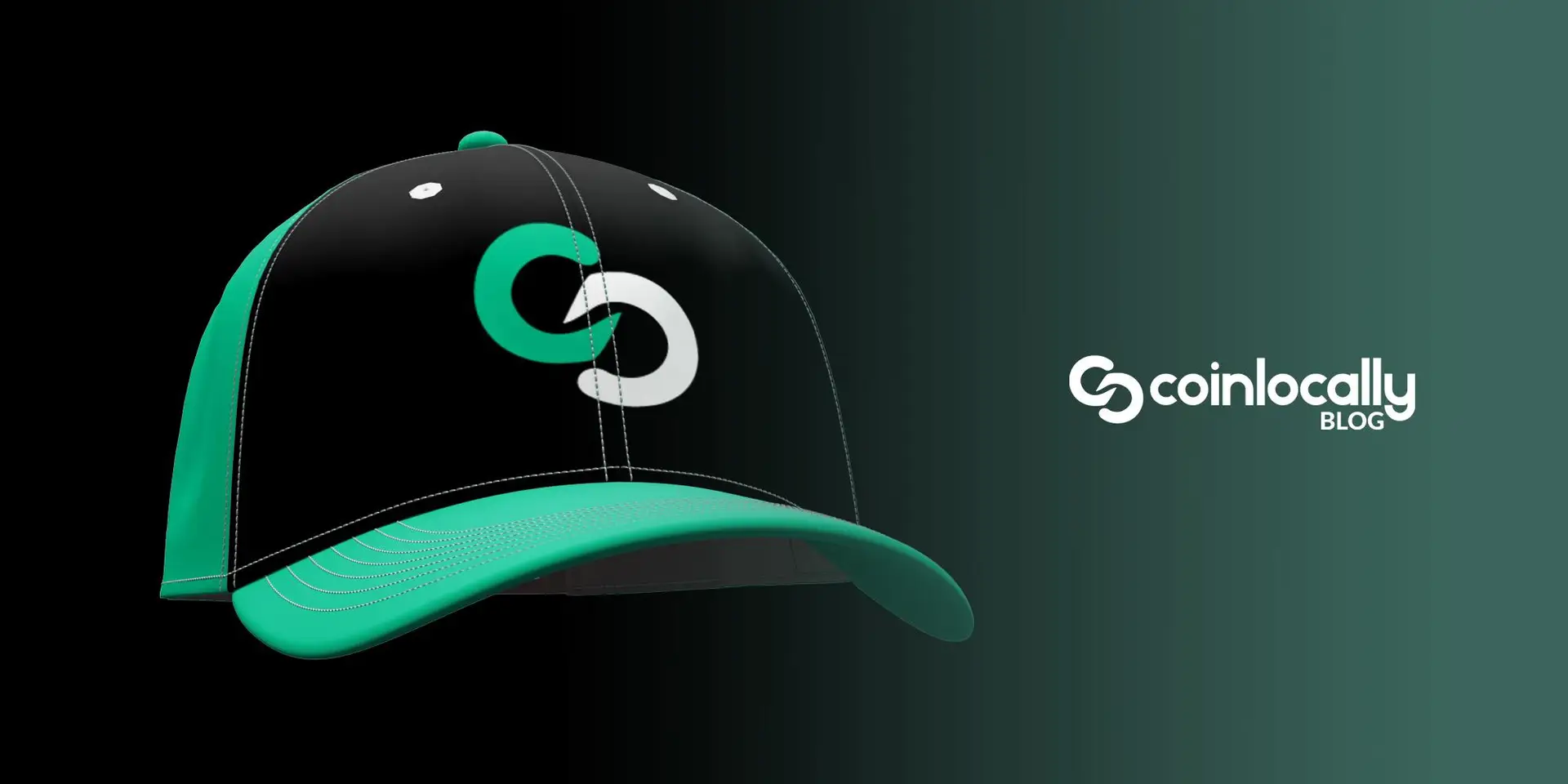
Hard Cap
What Is a Hard Cap in Crypto?
In crypto fundraising, a hard cap limits how much a project intends to raise. It represents the maximum number of tokens sold or the total funds the team will accept.
Once this limit is reached, the sale ends, and no more contributions are accepted.
Why Hard Caps Matter
Sets Clear Limits
By setting a firm boundary, projects can avoid overfunding. This helps maintain control over the token supply and encourages scarcity, which can support price stability after launch.
Signals Planning and Discipline
Investors often see a defined funding ceiling as a sign that the team has carefully calculated its needs. It reduces the risk of misuse or excess capital.
Compared to Soft Cap
Minimum vs. Maximum
A soft cap sets the minimum funds required to begin development. The project may be delayed or canceled if that amount isn’t raised.
The upper limit, on the other hand, caps the total raise. Even if investor interest continues, the sale stops when the ceiling is hit.
A Balanced Approach
Most legitimate projects set both limits. The lower bound ensures enough funding, and the upper bound prevents oversupply.
How Hard Caps Work in Token Sales
ICOs and IDOs
This funding ceiling is usually published in advance during events like initial coin offerings (ICOs) or initial DEX offerings (IDOs). Buyers know when the sale will end by date or once the limit is met.
Urgency and Demand
Setting a reasonable cap can create urgency. Limited supply often leads to faster participation, especially if demand is high.
Benefits of Setting a Hard Cap
Controls Supply
Restricting the total number of tokens available for sale can help prevent inflation and maintain the ecosystem’s health over time.
Improves Trust
A team’s commitment to a maximum funding level shows they understand their needs. This builds investor confidence and may attract more participants.
Helps Budgeting
Knowing exactly how much capital will come in helps teams allocate resources better, making planning easier and more transparent.
Things to Watch Out For
Too Low
The team may struggle to fund operations or scale effectively if the ceiling is too low. They could run out of money before reaching their goals.
Too High
An overly large cap might suggest poor planning. It can also lead to token oversupply, hurting price performance after the sale.
Finding a balance is key.
Real-World Examples
Successful projects often use caps to manage growth and create healthy markets. Some keep it modest to build exclusivity. Others set higher limits but pair them with vesting schedules and spending controls.
Each approach depends on the project’s goals, audience, and use case.
Final Thoughts on Hard Cap
Setting a maximum fundraising limit is an essential part of any crypto launch. It protects investors, ensures responsible planning, and supports healthy tokenomics.
Always review the project’s funding structure if you’re considering an investment. A clearly defined cap can tell you a lot about the team’s mindset and long-term vision.
